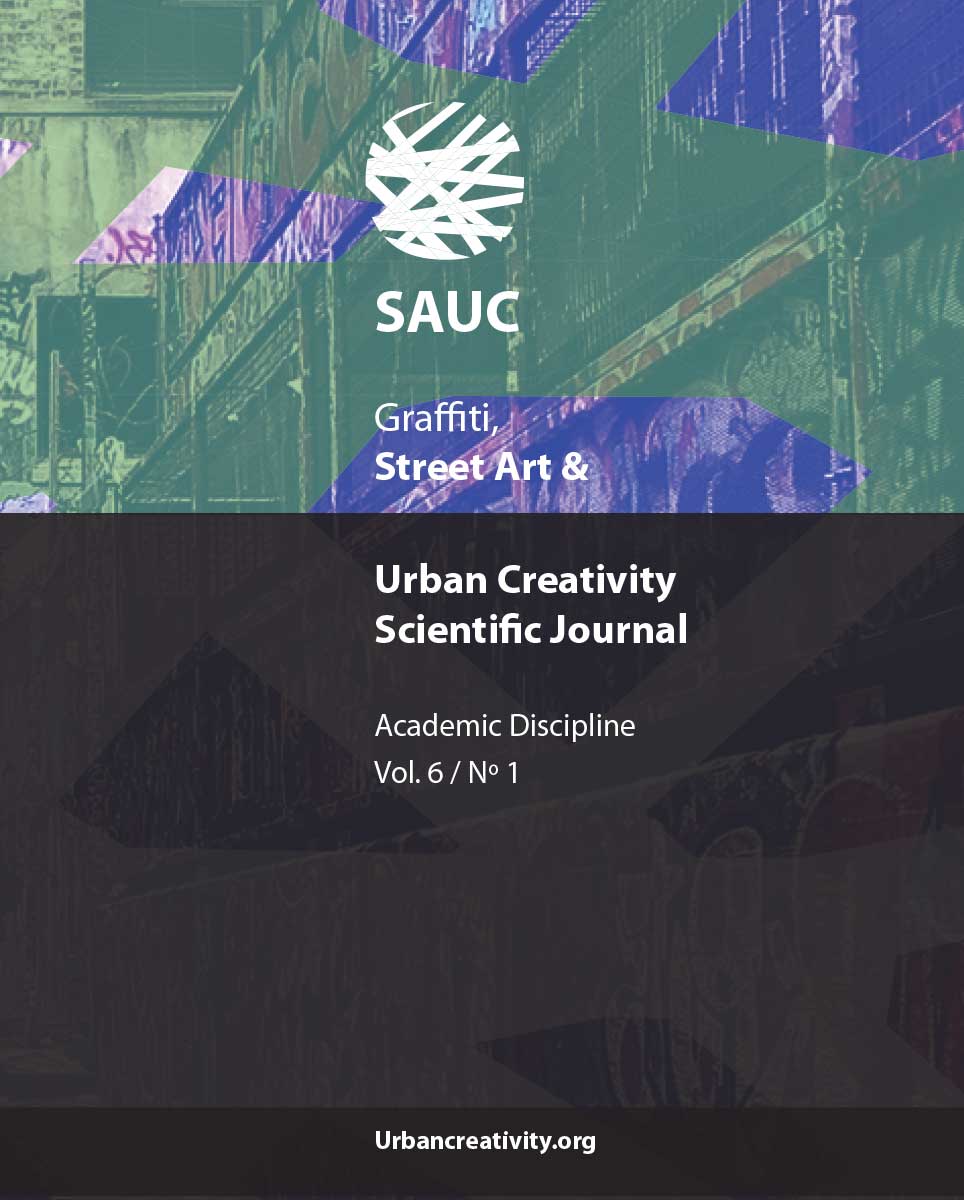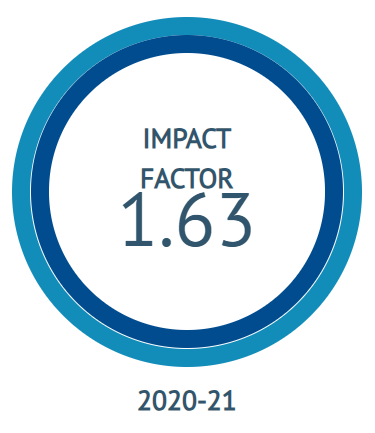Tagging in Antiquity
Pompeian Graffiti Between Individuality and Convention
DOI:
https://doi.org/10.25765/sauc.v6i1.216Palabras clave:
graffiti, Pompeii, Ancient graffiti, Roman Epigraphy, Roman OnomasticsResumen
The article is based on a paper presented at the international conference “Tag. Name Writing in Public Space” (Berlin 2017) which brought together graffiti specialists and artists. Therefore the contribution aimed at a broader, interdisciplinary audience. The present article analyses ancient “tags”, which form the largest portion of the graffiti found at the site of Pompeii, and discusses methodological problems in dealing with this epigraphic record. Due to the characteristics of Roman onomastics, it is hardly possible to trace individuals in the Pompeian graffiti. The focus therefore is on those rare examples where we can distinguish individuals by attributes or additional names (such as family names / gentilicia) indicated. The article shows that while the basic human desire to leave one’s (individual) mark was omnipresent on the one hand, the ancient tags on the other hand where quite uniform and thereby almost de-individualised.
Descargas
Estadísticas globales ℹ️
|
265
Visualizaciones
|
219
Descargas
|
|
484
Total
|
|
Descargas
Publicado
Cómo citar
Número
Sección
Licencia
Los autores/as que publiquen en esta revista aceptan las siguientes condiciones:
- Los autores/as conservan los derechos de autor.
- Los autores/as ceden a la revista el derecho de la primera publicación. La revista también posee los derechos de edición.
- Todos los contenidos publicados se regulan mediante una Licencia Atribución/Reconocimiento-SinDerivados 4.0 Internacional. Acceda a la versión informativa y texto legal de la licencia. En virtud de ello, se permite a terceros utilizar lo publicado siempre que mencionen la autoría del trabajo y a la primera publicación en esta revista. Si transforma el material, no podrá distribuir el trabajo modificado.
- Los autores/as pueden realizar otros acuerdos contractuales independientes y adicionales para la distribución no exclusiva de la versión del artículo publicado en esta revista (p. ej., incluirlo en un repositorio institucional o publicarlo en un libro) siempre que indiquen claramente que el trabajo se publicó por primera vez en esta revista.
- Se permite y recomienda a los autores/as a publicar su trabajo en Internet (por ejemplo en páginas institucionales o personales), una vez publicado en la revista y citando a la misma ya que puede conducir a intercambios productivos y a una mayor y más rápida difusión del trabajo publicado (vea The Effect of Open Access).













